When it comes to designing a practical kitchen, one of the most important factors to consider is storage. A cluttered and disorganized kitchen can make cooking and meal prep a frustrating and time-consuming task. That's why incorporating space-saving storage solutions is crucial for a functional and practical kitchen design. Utilizing vertical space is key when it comes to maximizing storage in a small kitchen. Consider installing tall cabinets or shelves that reach all the way up to the ceiling. This will not only provide more storage space, but also make the room feel bigger. You can also add hooks or racks on the inside of cabinet doors for hanging pots, pans, and utensils. Another space-saving solution is to use pull-out drawers and shelves in your cabinets. This allows for easy access to items stored at the back, without having to rummage through everything in front. Additionally, installing a magnetic knife strip on the wall or a hanging spice rack can free up valuable counter and cabinet space. Don't forget about utilizing the space under your kitchen sink as well. Consider installing a pull-out organizer or adding bins and baskets to keep cleaning supplies and other items organized. Lastly, make use of any empty walls by installing shelves or a pegboard for hanging kitchen tools and accessories.1. Space-saving storage solutions for a practical kitchen design
The layout of your kitchen is another important aspect to consider when aiming for a practical design. The layout should be efficient and cater to your cooking and meal prep needs. The most common kitchen layouts include the L-shaped, U-shaped, and galley style. The L-shaped layout is ideal for smaller kitchens as it maximizes corner space. This layout also allows for a smooth workflow and easy access to all the necessary areas of the kitchen. The U-shaped layout is great for larger kitchens and provides ample counter and storage space. Lastly, the galley style layout is perfect for narrow kitchens and creates a functional work triangle between the stove, sink, and fridge. When it comes to the placement of appliances, make sure they are strategically positioned for a seamless cooking experience. For example, the sink should be placed next to the dishwasher for easy clean-up, and the fridge should be near the cooking area for easy access to ingredients. Consider incorporating a kitchen island into your layout for additional counter and storage space. It can also serve as a casual dining area or a spot for meal prep. Just make sure there is enough space around the island for easy movement.2. Efficient layout ideas for a functional kitchen
In today's modern world, there are countless kitchen gadgets and tools available that claim to make our lives easier. However, when it comes to a practical kitchen design, it's important to invest in gadgets that will truly be useful and save you time and effort. A high-quality chef's knife is a must-have in any kitchen. It's versatile and can be used for chopping, slicing, and dicing. A food processor is also a great investment for tasks like shredding, chopping, and pureeing. It can save you a ton of time and effort compared to doing these tasks manually. For those who love to entertain, a slow cooker is a must-have for easy and convenient meal prep. You can simply throw in the ingredients in the morning and have a delicious meal ready by dinnertime. Other useful gadgets include a multi-purpose blender, an electric kettle, and an air fryer for healthier cooking options. Don't forget about smaller gadgets like a garlic press, citrus juicer, and vegetable peeler. These may seem insignificant, but they can make a big difference in the efficiency of your cooking process.3. Top 10 must-have kitchen gadgets for a practical design
In a small kitchen, counter space is a precious commodity. It's important to make the most out of the limited space you have to work with. One way to do this is by keeping clutter off the counters. This means finding proper storage for appliances, utensils, and other kitchen tools. Consider installing shelves or a hanging rack above the counter to free up space. You can also use a magnetic knife strip or a hanging fruit basket to keep these items off the counter. If you have a small kitchen island, use it as a prep station and store bulky appliances underneath. Another way to maximize counter space is to opt for a single-bowl sink instead of a double-bowl. This will provide you with more counter space for food prep and washing dishes. You can also use a cutting board over the sink for extra prep space when needed. Lastly, don't be afraid to get creative with your storage solutions. You can use a tension rod under the sink to hang cleaning supplies, or install a pegboard on the wall for hanging pots and pans. The key is to find ways to utilize every inch of space in your small kitchen.4. How to maximize counter space in a small kitchen
Organization is key when it comes to a practical kitchen design. A well-organized kitchen not only looks aesthetically pleasing, but it also makes cooking and meal prep more efficient. There are many creative ways to organize your kitchen for practicality. Start by decluttering and getting rid of any items you no longer use or need. Then, group similar items together and assign them a designated spot in your kitchen. Keep frequently used items within easy reach and store seasonal or rarely used items in higher or harder to reach cabinets. Invest in drawer and cabinet organizers to keep items neatly separated and easy to find. You can also use bins, baskets, or dividers to keep items from shifting around in drawers and cabinets. Labeling shelves and containers can also help with organization and make it easier to find what you're looking for. Lastly, don't forget about the often overlooked space on the inside of cabinet doors. You can install hooks, racks, or even a whiteboard for keeping track of grocery lists and meal plans. This will not only free up space in your cabinets but also keep important items within reach.5. Creative ways to organize your kitchen for practicality
Lighting is often an overlooked aspect of kitchen design, but it plays a crucial role in creating a practical and functional space. A well-lit kitchen not only makes it easier to see while cooking, but it also enhances the overall ambiance of the room. Incorporating different types of lighting is key for a practical kitchen. Start with overhead lighting, such as recessed lights or a central pendant light, to provide general lighting for the entire room. You can then add under-cabinet lighting for task lighting, which will illuminate the countertops for easier food prep. Don't forget about natural lighting as well. If possible, try to incorporate windows or skylights in your kitchen design. This will not only provide natural light during the day but also make the room feel more spacious and inviting. Lastly, consider adding dimmer switches to your overhead lighting. This will allow you to adjust the lighting levels according to your needs and create a more cozy atmosphere for dining or entertaining.6. The importance of proper lighting in a practical kitchen design
When it comes to a practical kitchen design, durability and low maintenance are key factors to consider. After all, the kitchen is one of the most heavily used areas in the home, and the materials you choose need to withstand daily wear and tear. For countertops, opt for materials like granite, quartz, or solid surface. These are durable and easy to clean, making them perfect for a busy kitchen. Avoid materials like marble or concrete, which can be easily stained or damaged. When it comes to flooring, consider options like tile or vinyl, which are both durable and easy to clean. Avoid hardwood flooring, as it can get easily damaged by water or spills. For cabinets, choose materials that are easy to wipe down and won't show fingerprints or smudges, such as laminate or painted wood. Lastly, don't forget about your backsplash. This not only adds a decorative element to your kitchen but also protects your walls from splashes and spills. Opt for materials like glass, ceramic, or porcelain, which are easy to clean and maintain.7. Tips for choosing durable and low-maintenance materials for your kitchen
In a practical kitchen design, every inch of space counts. That's why incorporating multi-functional furniture is a great way to make the most out of your kitchen. These pieces serve more than one purpose, providing you with extra storage and functionality. A kitchen island is a great example of multi-functional furniture. As mentioned earlier, it can serve as a prep station and provide extra storage space. You can also opt for a dining table with built-in storage or a bench with hidden compartments for storing kitchen essentials. Another option is to use a rolling cart or kitchen trolley. This can serve as an extra prep surface, storage for small appliances, and even a bar cart for entertaining. Just make sure the furniture is on wheels for easy movement and can be tucked away when not in use.8. Incorporating multi-functional furniture in a practical kitchen design
A cluttered and disorganized kitchen can make cooking and meal prep a frustrating and time-consuming task. That's why creating a clutter-free and efficient workspace is crucial for a practical kitchen design. Start by designating specific areas for different functions, such as food prep, cooking, and clean-up. Keep only the necessary items in each area to avoid unnecessary clutter. For example, keep cooking utensils near the stove, and store cleaning supplies under the sink. Invest in storage solutions that will keep your countertops clutter-free. This includes pull-out drawers and shelves, as well as storage containers for pantry items. Make sure to regularly declutter and get rid of any items you no longer use to maintain a clutter-free space. Lastly, make sure to clean up as you go. This will prevent a pile-up of dishes and messes, and keep your kitchen workspace clean and efficient.9. How to create a clutter-free and efficient kitchen workspace
When designing a practical kitchen, color and texture play a crucial role in creating a functional and visually appealing space. The colors and textures you choose can affect the mood and atmosphere of the room, as well as the functionality of the space. For a practical kitchen, it's best to stick to a neutral color palette. This will make the space feel bright and airy, and also provide a timeless look. You can add pops of color through small accents and decor items. When it comes to texture, consider incorporating different materials to add visual interest. For example, you can mix and match materials like wood, metal, and stone for a modern and dynamic look. Just make sure the materials are durable and easy to maintain. Another way to add texture is through the use of patterns. This can be achieved through the backsplash, flooring, or even on the walls with wallpaper. Just make sure not to overdo it, as too many patterns can make the space feel cluttered and overwhelming.10. The role of color and texture in a practical kitchen design
The Importance of a Practical Kitchen Design

Maximizing Space and Functionality
 When it comes to designing the perfect kitchen, practicality should be at the forefront of your mind. After all, the kitchen is not just a place for cooking and preparing meals, it is also a space for socializing and gathering with family and friends. A practical kitchen design ensures that the space is not only efficient for cooking, but also for entertaining and everyday use.
One of the main benefits of a practical kitchen design is the ability to maximize space.
By incorporating smart storage solutions and utilizing every nook and cranny, you can create a functional and clutter-free kitchen. Features such as pull-out pantry shelves, vertical storage, and built-in organizers can help you make the most out of your kitchen space. This not only makes the kitchen more efficient, but also visually appealing.
When it comes to designing the perfect kitchen, practicality should be at the forefront of your mind. After all, the kitchen is not just a place for cooking and preparing meals, it is also a space for socializing and gathering with family and friends. A practical kitchen design ensures that the space is not only efficient for cooking, but also for entertaining and everyday use.
One of the main benefits of a practical kitchen design is the ability to maximize space.
By incorporating smart storage solutions and utilizing every nook and cranny, you can create a functional and clutter-free kitchen. Features such as pull-out pantry shelves, vertical storage, and built-in organizers can help you make the most out of your kitchen space. This not only makes the kitchen more efficient, but also visually appealing.
Ease of Use and Maintenance
 Another important aspect of a practical kitchen design is ease of use and maintenance.
Having a well-organized kitchen layout can make meal prep and cooking a breeze.
By strategically placing appliances, utensils, and ingredients, you can save time and effort in the kitchen. For example, having a sink near the stove makes it easier to wash and chop vegetables while cooking.
Moreover, a practical kitchen design also takes into consideration the ease of maintenance.
By choosing durable and easy-to-clean materials, you can save time and money on upkeep in the long run.
For instance, opting for quartz countertops instead of marble can be a more practical choice as it is less prone to staining and requires less maintenance.
Another important aspect of a practical kitchen design is ease of use and maintenance.
Having a well-organized kitchen layout can make meal prep and cooking a breeze.
By strategically placing appliances, utensils, and ingredients, you can save time and effort in the kitchen. For example, having a sink near the stove makes it easier to wash and chop vegetables while cooking.
Moreover, a practical kitchen design also takes into consideration the ease of maintenance.
By choosing durable and easy-to-clean materials, you can save time and money on upkeep in the long run.
For instance, opting for quartz countertops instead of marble can be a more practical choice as it is less prone to staining and requires less maintenance.
Aesthetics and Resale Value
 A practical kitchen design does not have to sacrifice aesthetics. In fact, a well-designed kitchen can add value to your home and make it more appealing to potential buyers in the future. By incorporating timeless design elements and using high-quality materials, you can create a kitchen that is both practical and visually stunning.
Some practical design features that also add visual appeal include open shelving, a kitchen island with storage, and a mix of textures and materials.
These elements not only make the kitchen more functional but also add character and style to the space.
In conclusion, a practical kitchen design is crucial for maximizing space, ease of use and maintenance, and adding value to your home. By incorporating smart storage solutions, choosing durable materials, and incorporating timeless design elements, you can create a kitchen that is not only practical but also aesthetically pleasing. So, when it comes to designing your dream kitchen, remember to prioritize practicality for a space that is both functional and beautiful.
A practical kitchen design does not have to sacrifice aesthetics. In fact, a well-designed kitchen can add value to your home and make it more appealing to potential buyers in the future. By incorporating timeless design elements and using high-quality materials, you can create a kitchen that is both practical and visually stunning.
Some practical design features that also add visual appeal include open shelving, a kitchen island with storage, and a mix of textures and materials.
These elements not only make the kitchen more functional but also add character and style to the space.
In conclusion, a practical kitchen design is crucial for maximizing space, ease of use and maintenance, and adding value to your home. By incorporating smart storage solutions, choosing durable materials, and incorporating timeless design elements, you can create a kitchen that is not only practical but also aesthetically pleasing. So, when it comes to designing your dream kitchen, remember to prioritize practicality for a space that is both functional and beautiful.

































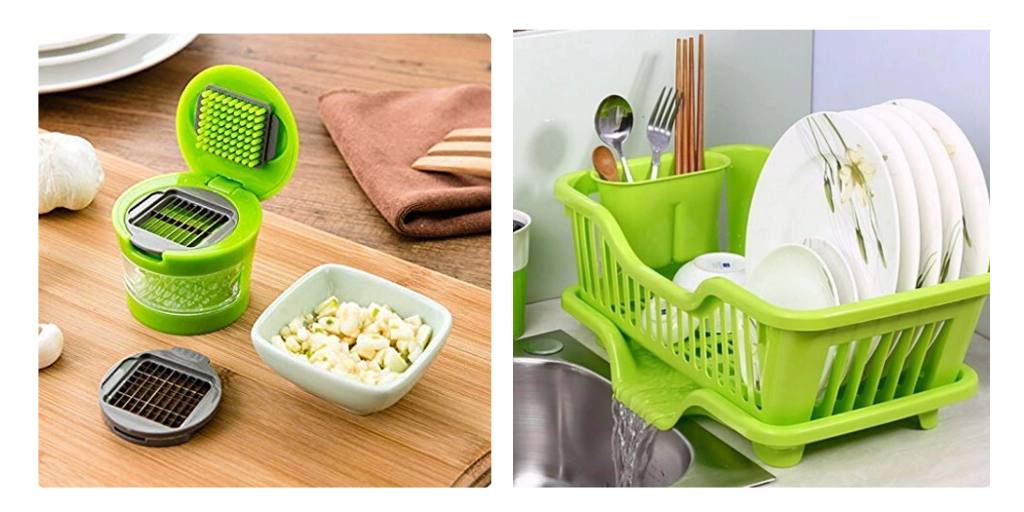



















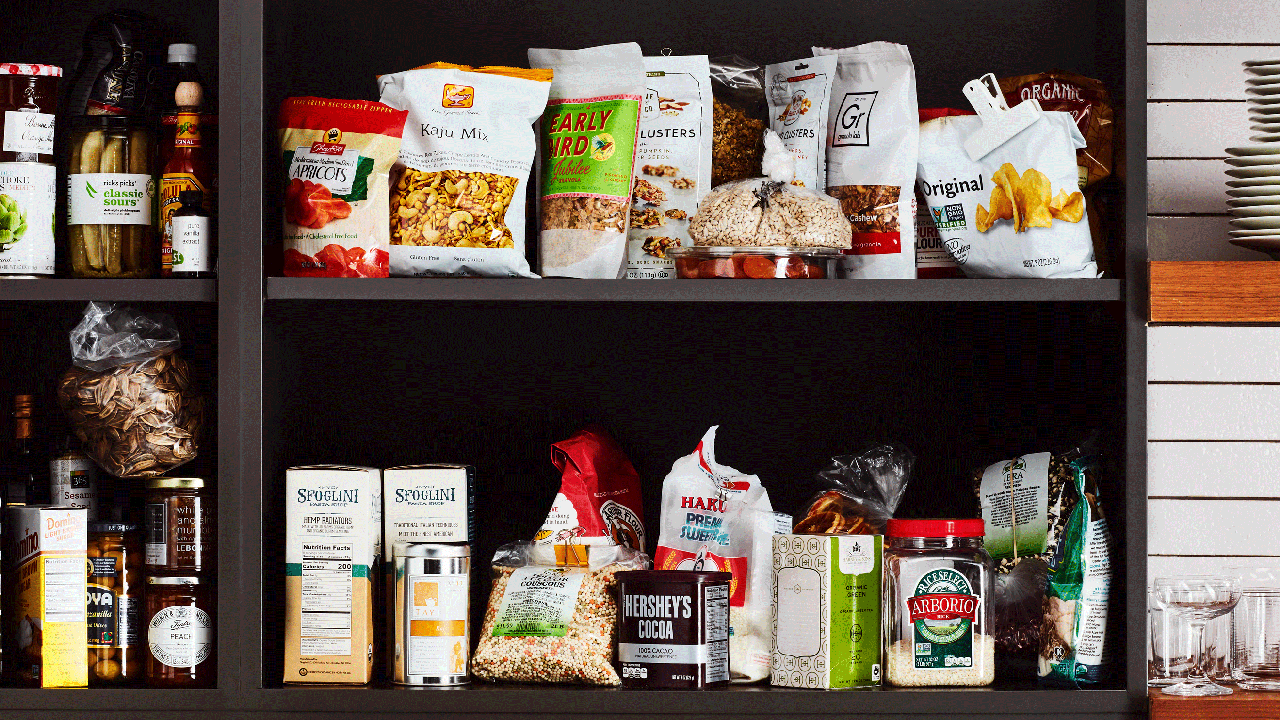
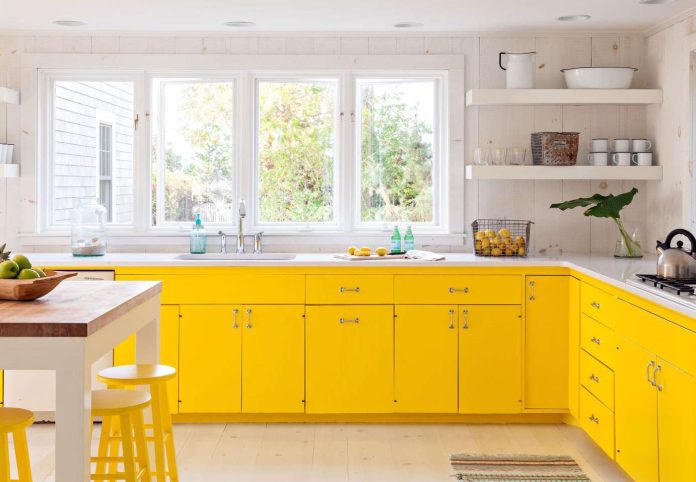








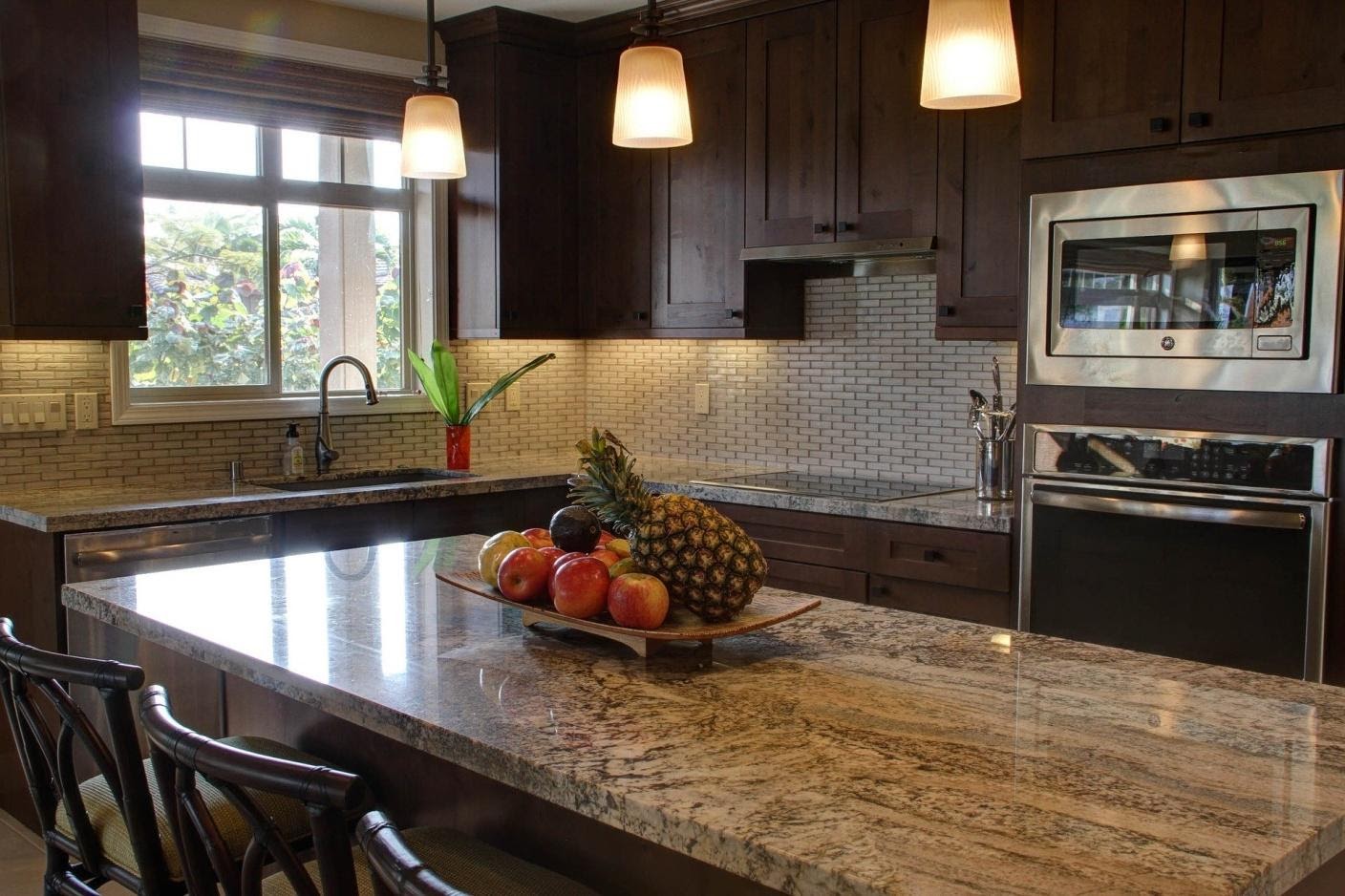










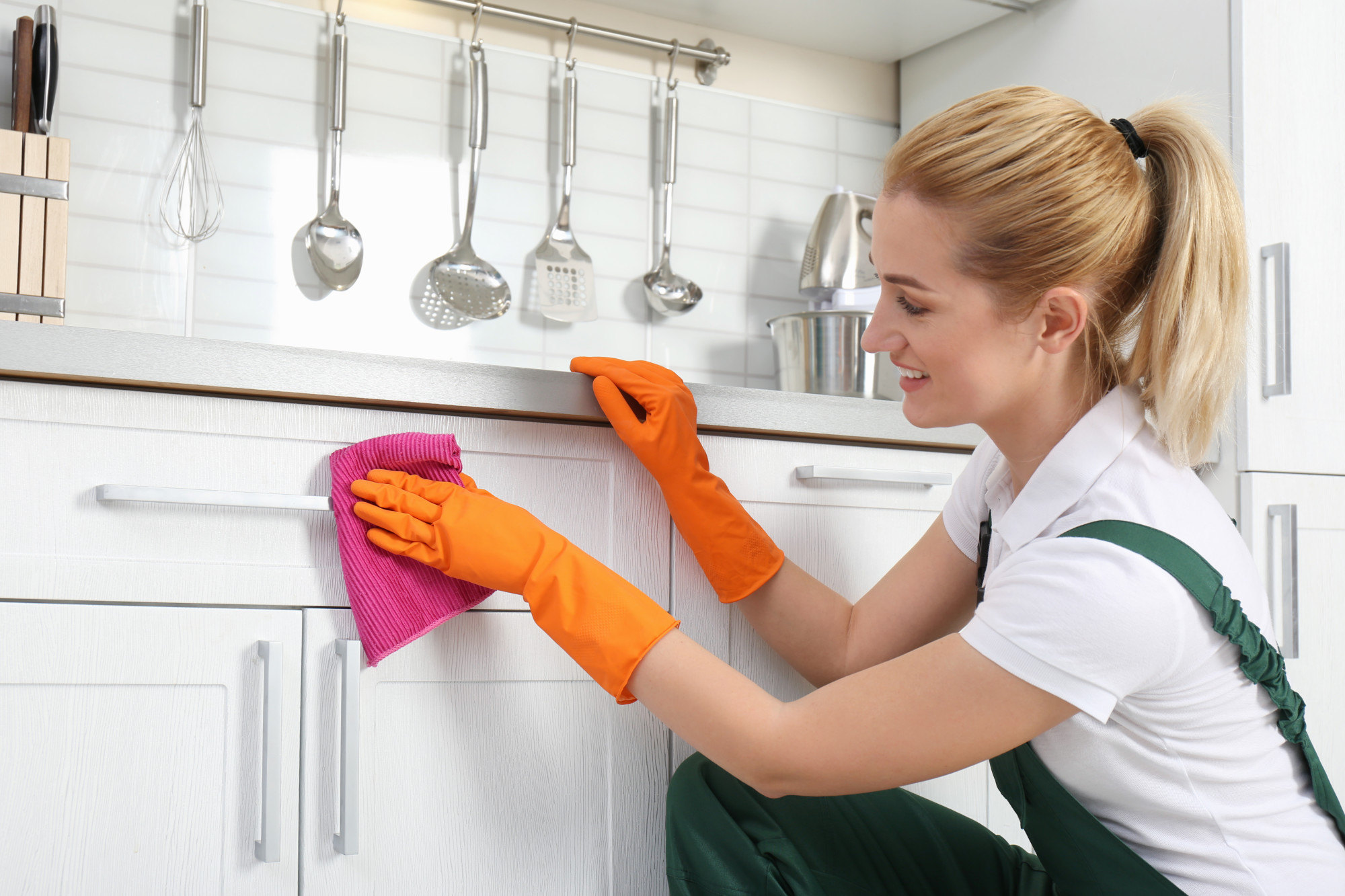


:max_bytes(150000):strip_icc()/GettyImages-535698335-5a859f3c6edd6500361e3efc.jpg)







































